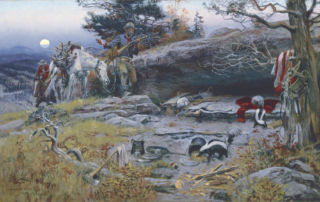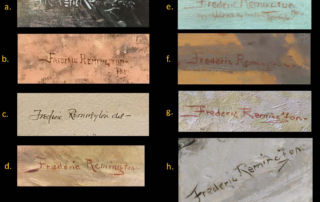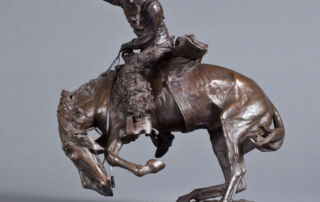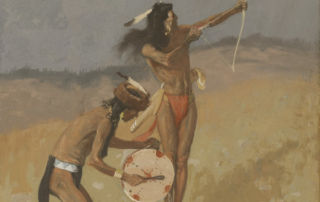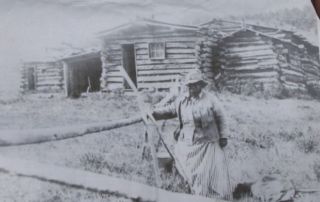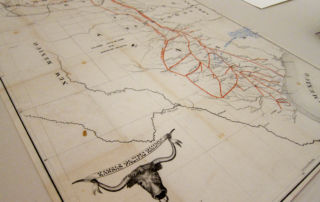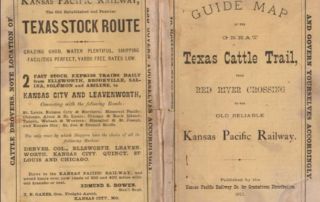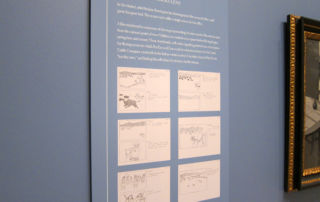When Camping Goes Awry
It’s summer time, which for some also means vacation time. For those who are looking to escape to the great outdoors, camping is a fun way to enjoy “ma nature.” Charles Russell enjoyed being outdoors and went on several camping trips, including a few with friend and pioneer dude rancher, Howard Eaton. After one such trip, Charlie’s wife Nancy recounted to a friend, “This trip has been a trip of memories. Chas. just loved it all and had such a good time every day then around the camp fires at night they always had the big talk.” Russell gifted to [...]



